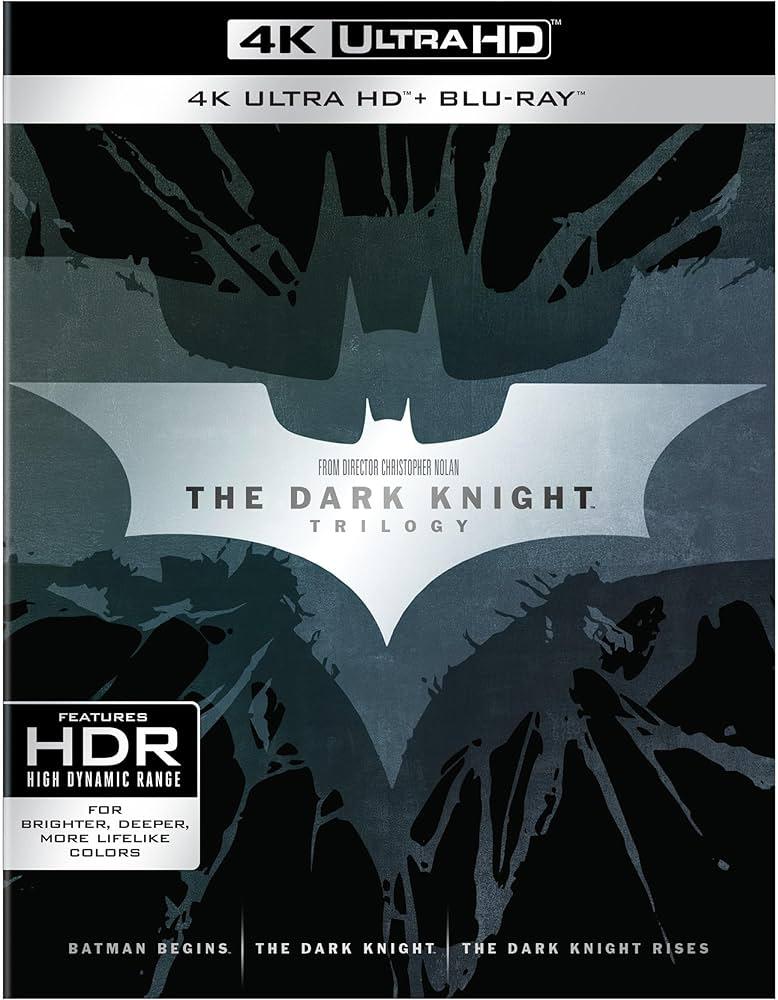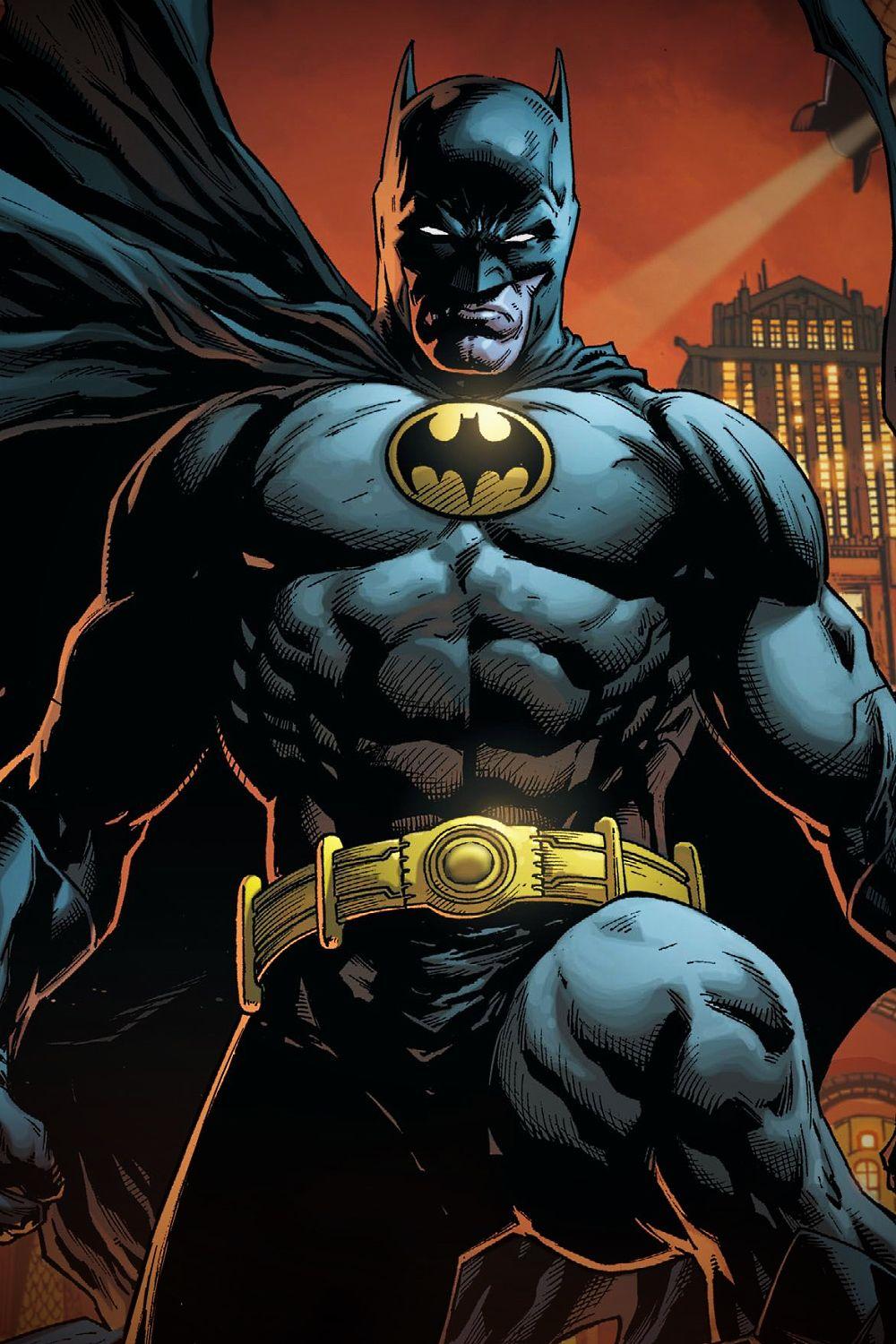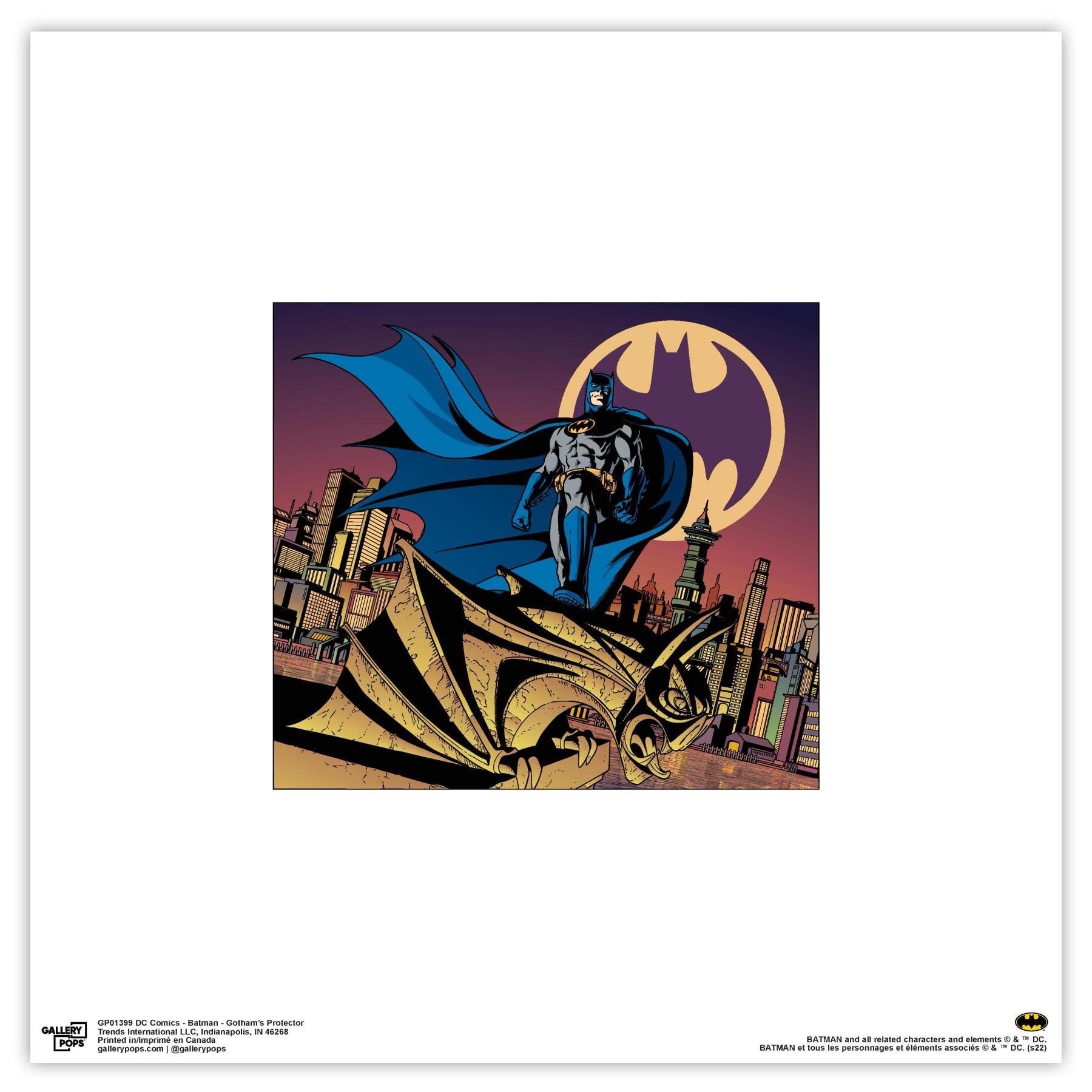The Dark Knight trilogy, directed by Christopher Nolan, has captivated audiences with its intricate portrayal of heroism, a theme that is both timeless and complex. This cinematic exploration delves beyond the conventional boundaries of good and evil, offering a multifaceted narrative that challenges traditional heroic archetypes. Through its nuanced characters and morally ambiguous scenarios, the trilogy invites viewers to reconsider the essence of heroism in a world where the lines between right and wrong are increasingly blurred. By examining the psychological depth of its protagonists and the ethical dilemmas they face, Nolan’s trilogy presents a sophisticated discourse on what it truly means to be a hero in contemporary society. This article aims to dissect the layers of heroism depicted in The Dark Knight trilogy, analyzing how these films redefine heroism for a modern audience.
Exploring the Dual Nature of Heroism in The Dark Knight Trilogy
Christopher Nolan’s The Dark Knight Trilogy intricately weaves the concept of heroism, presenting it as a multifaceted and often paradoxical entity. At the heart of this exploration lies Bruce Wayne, whose transformation into Batman serves as a canvas for examining the duality of heroism. Batman embodies both the light and dark aspects of being a hero, challenging traditional notions by operating outside the law to protect Gotham. This duality is further emphasized through his interactions with characters like Harvey Dent and the Joker, each representing different facets of morality and chaos.
- Harvey Dent - Initially portrayed as Gotham’s “White Knight,” Dent’s descent into madness as Two-Face highlights the fragility of heroism when confronted with personal tragedy and ethical dilemmas.
- The Joker – Serving as Batman’s antithesis, the Joker’s chaotic nature forces Batman to question the boundaries and sacrifices of his own moral code, pushing the limits of what it means to be a hero.
This nuanced portrayal invites audiences to reconsider the simplistic dichotomy of good versus evil, suggesting that true heroism often exists in the grey areas between. The trilogy’s narrative underscores the notion that heroism is not a static ideal but a dynamic, evolving force shaped by context and choice.

Moral Ambiguities and Ethical Dilemmas Faced by Batman
Within the narrative of The Dark Knight trilogy, the character of Batman is perpetually navigating the intricate landscape of moral ambiguities and ethical dilemmas. Unlike traditional heroes, Batman operates in a realm where the lines between right and wrong are blurred, challenging viewers to question the nature of justice and the cost of righteousness. Bruce Wayne dons the cape not just as a symbol of hope, but as a vessel for his own complex code of ethics. His refusal to kill, despite the chaos around him, is a cornerstone of his moral fabric, yet it often leads to questions about whether his actions ultimately cause more harm than good. Does the protection of Gotham justify the collateral damage?
- The Dilemma of Surveillance: Batman’s use of invasive surveillance technology in “The Dark Knight” to locate the Joker raises significant ethical questions about privacy and the balance of power.
- Ends vs. Means: Throughout the trilogy, Batman is faced with decisions where the end goal is noble, but the means to achieve it are morally questionable, such as working with a known criminal like Catwoman in “The Dark Knight Rises”.
- The Joker’s Provocation: The Joker’s relentless attempts to push Batman to break his moral code highlight the internal struggle between maintaining one’s principles and succumbing to darker impulses.
In essence, the trilogy doesn’t just depict Batman as a hero but as a deeply flawed individual grappling with the consequences of his choices. Is heroism inherently tied to sacrifice, or can it exist without moral compromise? These dilemmas force the audience to reflect on the complexity of heroism itself, making Batman not just a symbol of justice, but a mirror reflecting the ethical conundrums faced by society.
The Influence of Societal Expectations on Heroic Actions
In Christopher Nolan’s The Dark Knight trilogy, the concept of heroism is intricately woven with the fabric of societal expectations, highlighting the multifaceted nature of what it means to be a hero. The trilogy explores how societal pressures shape the actions and decisions of its characters, particularly Bruce Wayne and Harvey Dent. The citizens of Gotham demand safety and justice, often placing their hopes on figures like Batman and the district attorney. This expectation places an immense burden on these characters, pushing them to take actions that blur the line between heroism and vigilantism.
- Bruce Wayne grapples with the duality of his existence, balancing his role as a billionaire philanthropist and a masked vigilante.
- Harvey Dent, initially seen as Gotham’s “White Knight,” is ultimately consumed by the very expectations that once uplifted him, leading to his transformation into Two-Face.
The trilogy suggests that the public’s need for a savior can sometimes overshadow the ethical dilemmas faced by those in heroic roles. As societal expectations mount, characters are driven to make choices that reflect not only their personal values but also the collective desires of the community they serve. This dynamic creates a complex portrait of heroism, where actions are continually judged against the backdrop of public perception and moral ambiguity.

Balancing Personal Sacrifice and Public Duty in Gothams Protector
Bruce Wayne’s journey in Christopher Nolan’s trilogy underscores the intricate dance between personal sacrifice and public duty. As Gotham’s enigmatic protector, Wayne is continually torn between his obligations as a billionaire philanthropist and the clandestine life of Batman. His dual existence demands constant sacrifices, both physically and emotionally, challenging the notion of what it truly means to be a hero. The balance between his personal desires and the needs of Gotham is a recurring theme that questions whether one can truly separate the man from the myth.
- Physical Sacrifice: From the wear and tear on his body to the sleepless nights spent patrolling the city, Bruce pays a high physical price.
- Emotional Cost: Wayne’s relationships are often strained or sacrificed entirely, as his commitment to Gotham takes precedence.
- Moral Dilemmas: The line between right and wrong blurs, forcing him to make decisions that weigh heavily on his conscience.
Ultimately, the trilogy presents a hero whose greatest battle is not with the villains he faces but with the sacrifices required by his duty. This narrative explores whether true heroism lies in the willingness to give up one’s own happiness for the greater good, painting a complex picture of what it means to be Gotham’s savior.
